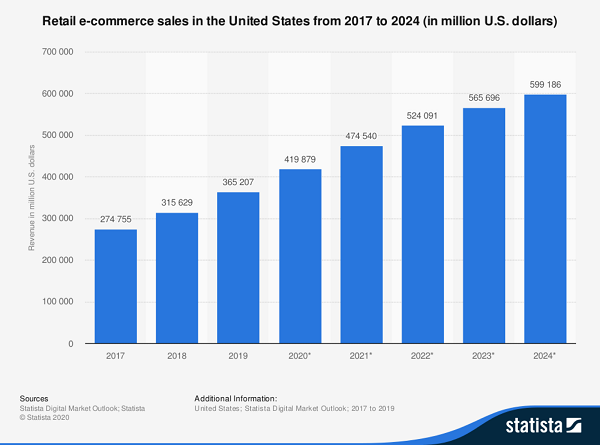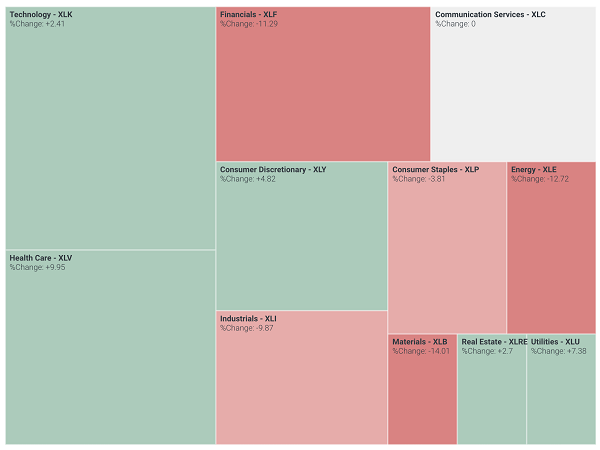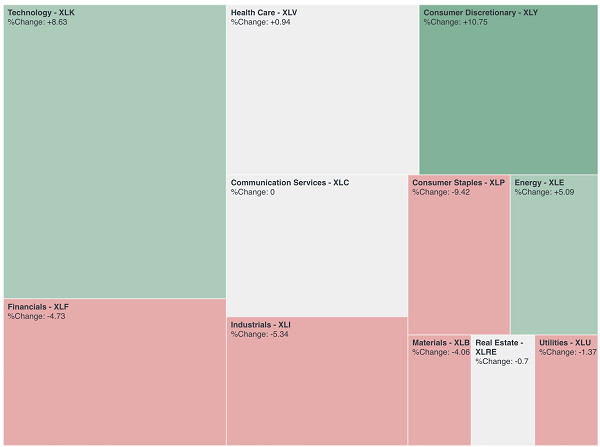AI bubble? Bear market rally? I don’t care because I see five dividends between 10.1% and 13.5%.
Now that’s rarified air for yields! A benefit of a manic market such as this, where we have fear alongside insanity at the same time.
The five double-digit dividends we’re about to discuss aren’t tied to individual stocks, either. These payouts are dished by diversified funds with dozens or hundreds of holdings. All have experienced managers at the helm.
They just happen to be cheap because CEFland is still on sale after a rough run in 2022. Which is where we contrarians pick up the case.… Read more





Recent Comments